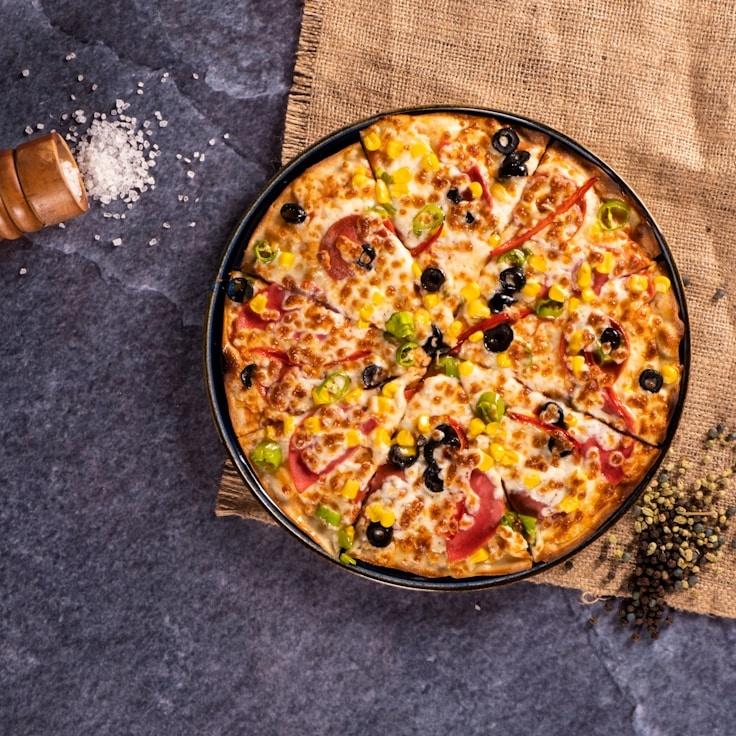At FreshCompass, we're passionate believers that the cornerstone of a remarkable pizza lies in its dough. With the continued refinement of our recipe over thirty years, we're thrilled to let you in on a few insider insights. Although the complete formula is ours to keep, following these fundamental guidelines will lead you to bake pizza dough of professional caliber in your very own kitchen.
The Essence of Flour
Premium flour is the key to top-notch pizza dough. 00 flour from Italy is our go-to choice due to its fine granularity and moderate protein level (typically 12%), which ensures a dough that's both sturdy and pliable. In the absence of 00 flour, a decent alternative is bread flour, although the final product will have some textural variations.
Managing Water Temperature and Dough Moisture
Water's warmth has an influential role in the speed of dough rise and its overall texture. Opt for cooler water, about 45°F (7°C), for a more drawn-out fermentation that enhances flavor. Warmer water should hover at 85°F (29°C) for shorter fermentation periods. Aim for a hydration level, the water-to-flour ratio, of 60-70%, particularly when baking in home ovens.
A Pinch of Yeast, a Wealth of Time
For a truly flavorsome dough, sparingly use yeast and afford it ample time to ferment. We use a modest 0.2% of fresh yeast in proportion to our flour, allowing the dough to slowly ferment for 24-48 hours. Such extensive fermentation develops complex flavors and results in dough that's more digestible.
Salt's Role Beyond Seasoning
Salt isn't merely for flavoring; it also fortifies gluten structure and modulates fermentation. Our preference is fine sea salt at a rate of 2.5-3% of the flour's weight. Introduce it once the flour and water commence mixing, avoiding direct contact with the yeast.
Mastering the Fermentation Craft
Following mixing, let your dough ferment in bulk at room temperature for 2 hours, then divide and round it into balls. Seal these in lidded containers and chill for 24-72 hours. It's during this refrigerated fermentation that flavor compounds proliferate and starches convert to sugars, contributing to both the taste and characteristic browning of our crust.
Delicate Dough Handling
Prior to baking, take the dough out of the cold storage 1-2 hours ahead, allowing a return to room temperature. Take care to handle the dough delicately to maintain the gas bubbles formed. Rather than rolling, which would deflate the bubbles, gently press and stretch the dough using your fingertips.
Applying Heat with Precision
Even though our pizzeria ovens soar to 850°F (454°C), most domestic ovens peak at around 550°F (288°C). To work around this, preheat a pizza stone or steel thoroughly for a minimum of an hour to mimic the powerful bottom heat required for that desirable crisp crust and airy core.
Honing your pizza dough skills is an evolving process, each attempt offering new insights. Keep records, experiment with different conditions, and tailor your method to the unique features of your kitchen setup.
For a firsthand experience of our dough preparation techniques, be sure to attend one of our monthly pizza-making classes led by Chef Julia. The dates are accessible through our event calendar!

